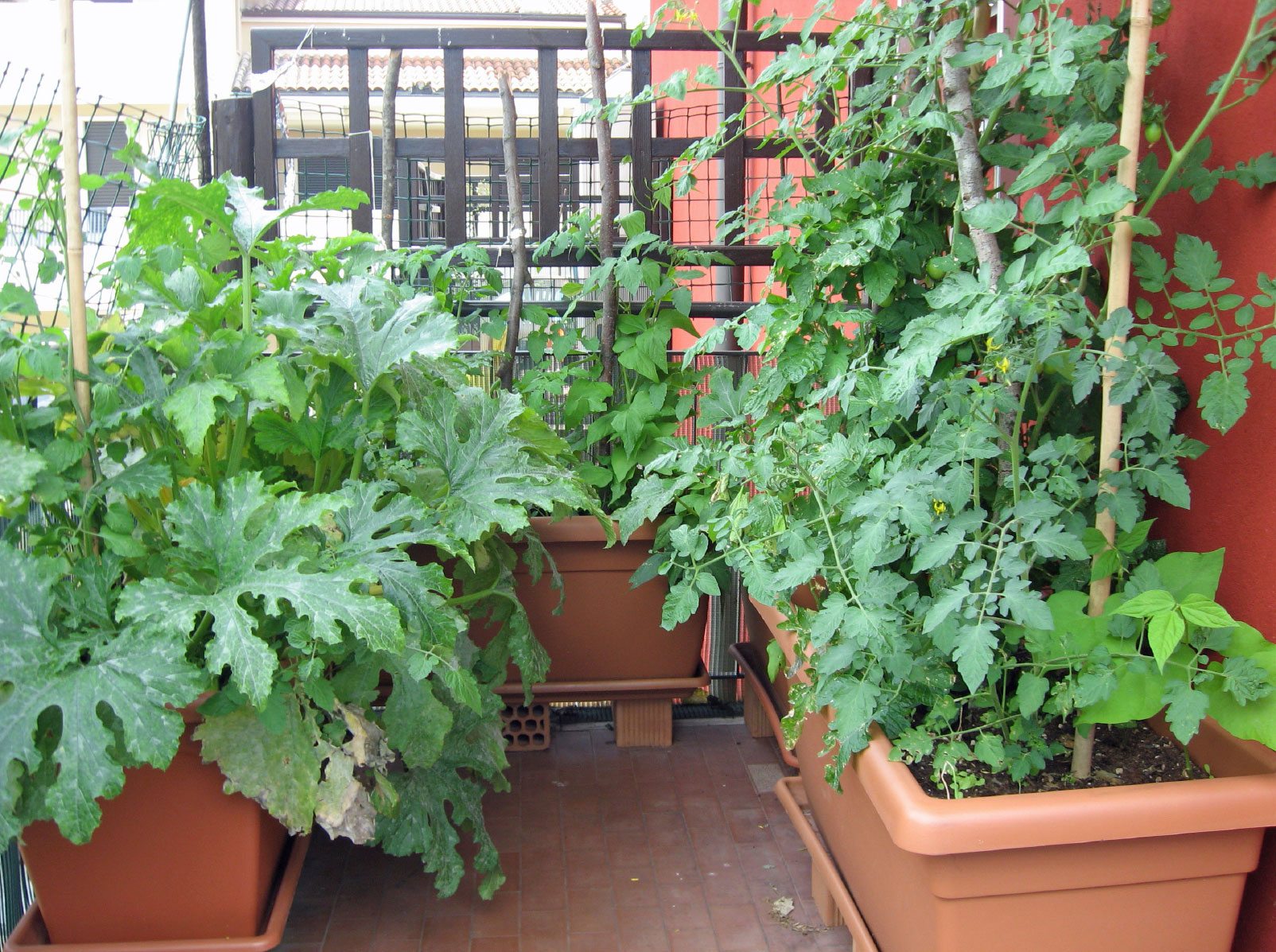City Blooming Things To Know Before You Buy
City Blooming Things To Know Before You Buy
Blog Article
An Unbiased View of City Blooming
Table of ContentsThe Facts About City Blooming UncoveredAn Unbiased View of City BloomingThe Facts About City Blooming RevealedThe Of City BloomingMore About City Blooming
Fascinated in expanding food for sale in the City of Chicago? Below is a checklist of often asked questions pertaining to the rules and policies that growers must think about when preparing a city agriculture project.
The zoning change does not modify any various other codes managing composting, structure authorizations, buying or renting City owned building, company licenses or environmental contamination. There are existing codes that manage these concerns and they continue to be in complete impact and may apply to your project. Area gardens are typically had or taken care of by public entities, public organizations or community-based organizations and maintained by volunteers.
Urban ranches grow food that is intended to be offered, either on a nonprofit or for-profit basis. Due to their industrial objective, metropolitan farms require a service license.
The smart Trick of City Blooming That Nobody is Talking About
The quantity of garden compost product can not exceed 25 cubic yards at any kind of given time according to the requirements in 7-28-715 of the City's Municipal Code. Because the soil at most new yard websites needs modifying, compost, dirt, timber chips, or other products can be obtained to build or improve the growing space.

If a structure authorization is required after that the hoophouse will be considered an accessory structure. You can discover out more about the building permit demands by calling the Department of Buildings. The 25,000-square-foot dimension limit is planned to avoid a single community yard from controling a provided block or interfering with the block's existing domestic or business character.
The limit does not use to yards situated in Public Open Room (POS) areas. Can there be even more than one area garden that is 25,000 square feet on a solitary block? Secure fencing is not needed, however, yards that have big parking areas may be needed to install secure fencing or various other landscaping functions.
City Blooming Things To Know Before You Buy
B1 & B2 areas require that all commercial use tasks be carried out indoors. R districts restrict commercial task. The policies reflect the function and intent of the Zoning Code. Is secure fencing required for city ranches? Yes. Fences might be required, along with landscaping and screening, for specific parking areas and outdoor work or storage space areas relying on location and the details task taking location.
Yes. Urban ranches call for building authorizations and zoning authorizations prior to building. Other forms of city evaluation might be called for depending on certain frameworks, tasks, size, landscape design, licensing, public heath and stormwater management problems. Much of these demands are recognized in the job style or allowing procedure, however, the candidate might be accountable to separately identify particular licenses or permits that might be check my source called for.
The Department of Organization Affairs and Customer Defense can assist establish the certain kind of company certificate that's needed. Off street car parking is required for many business projects in Chicago. The required number of parking spaces is based on the number of employees working on site and not the square video of the growing room.
The 25-Second Trick For City Blooming

A metropolitan ranch can sell garden compost product produced on site, nevertheless, the procedure should comply with the regulations in 7-28-715 of the Chicago Municipal Code. Aquaponic systems are permitted indoors on metropolitan farms in numerous zoning areas.
Approximately 5 hives or colonies of honey might be maintained as an accessory usage. Beekeepers have to register with the Illinois Division of Agriculture. To learn more concerning the recommended zoning amendment you might contact the Division of Real Estate and Economic Growth, Bureau of Planning and Zoning at 312.744.8563.
Farming in cities and metropolitan areas An urban farm in Chicago. Urban farming refers to numerous methods of growing. https://experiment.com/users/cityblooming, handling, and distributing food in metropolitan locations. The term additionally relates to the area activities of pet husbandry, tank farming, beekeeping, and horticulture in an urban context. Urban farming is identified from peri-urban farming, which happens in backwoods at the side of residential areas.
Some Known Facts About City Blooming.
It can entail a movement of natural growers, "foodies" and "locavores", who seek to form socials media founded on a shared principles of nature and area holism. These networks can create using official institutional support, coming to be incorporated into local community preparation as a "shift town" movement for lasting city advancement.
Some of the very first proof of metropolitan agriculture comes from Mesopotamia.
Report this page